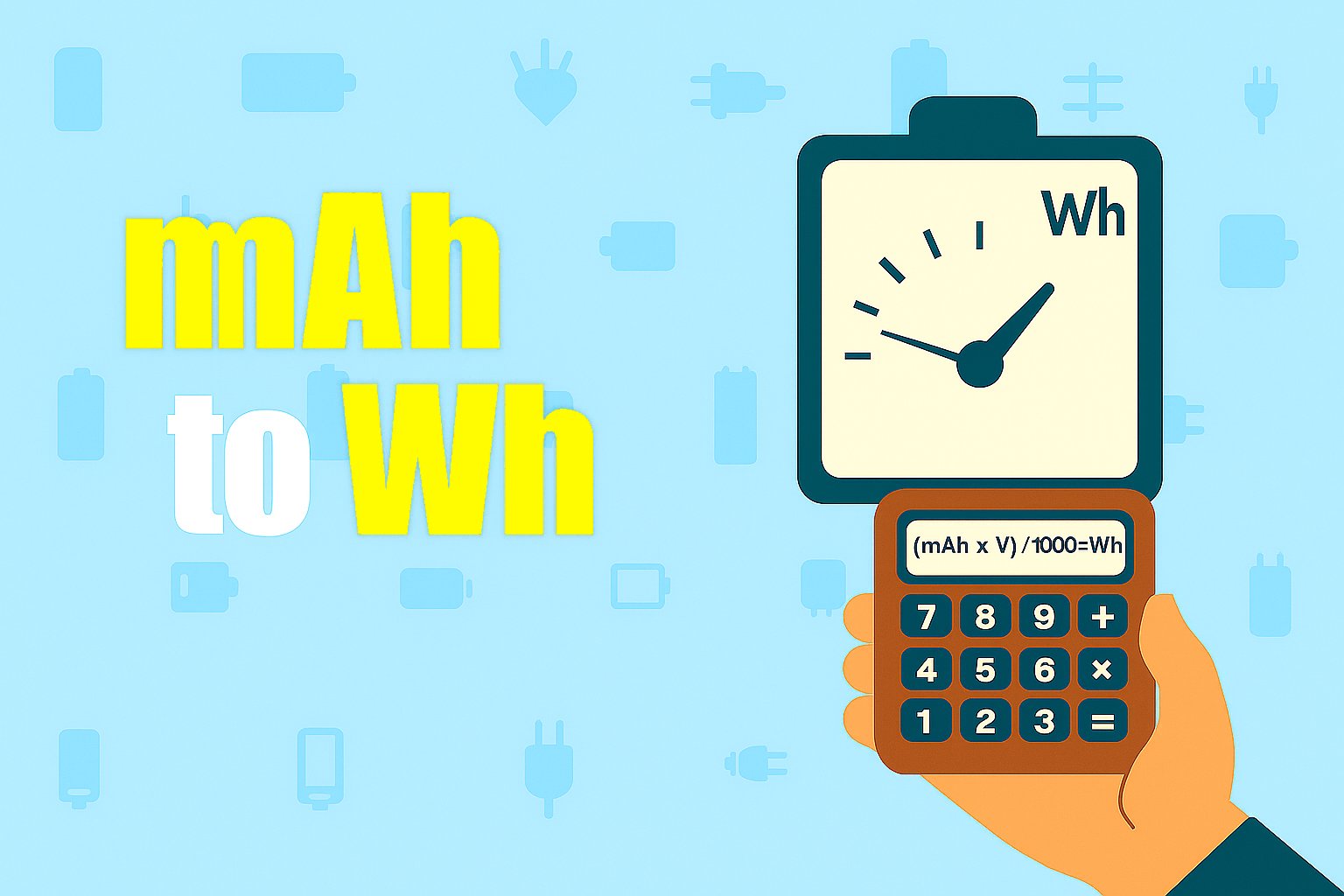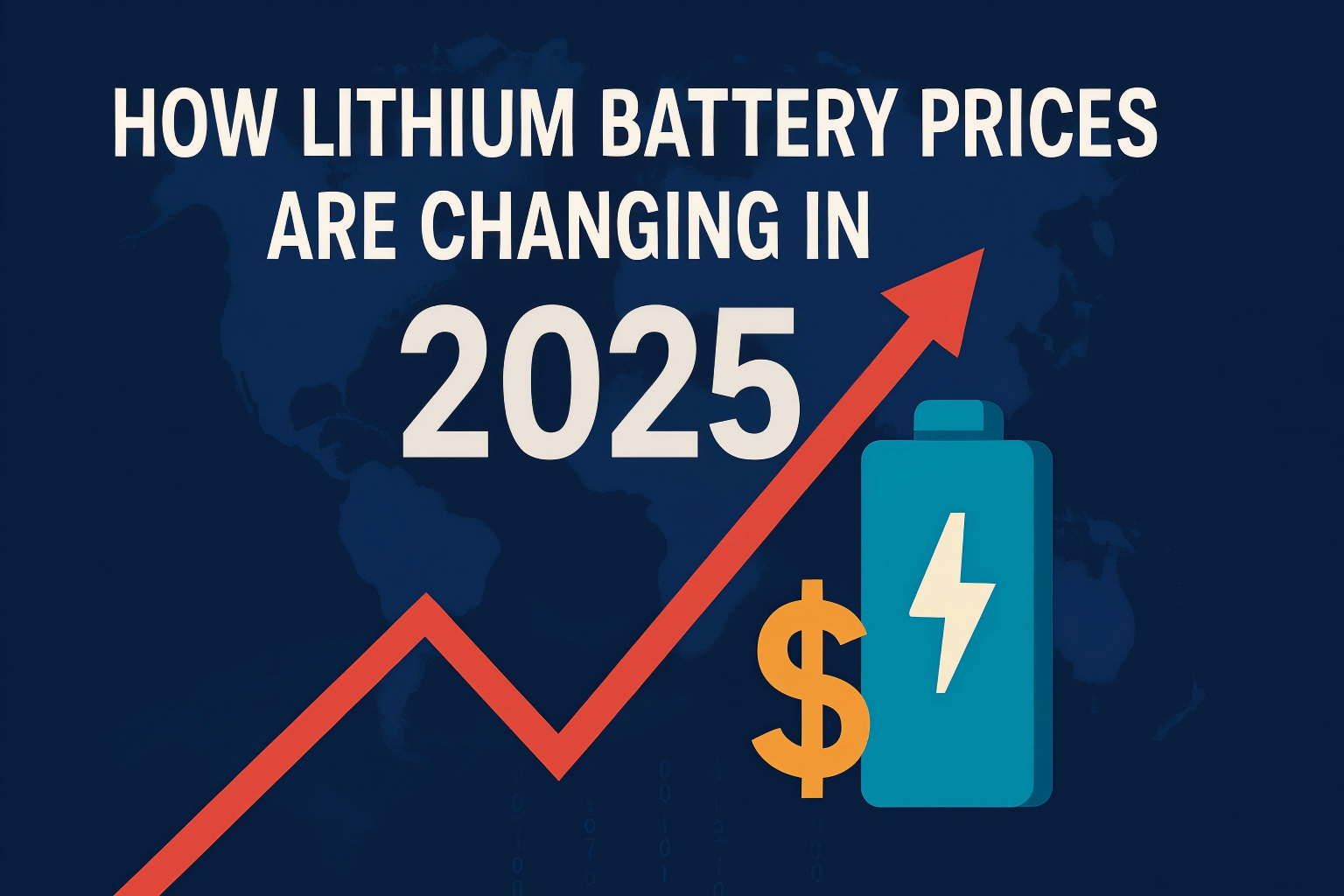Energy use is usually measured in kilowatt-hours. The formula for kW to kWh is easy. Energy (kWh) = Power (kW) × Time (hours). If someone wants a home battery storage or a 10 kwh battery for a solar battery system, they must know power and time. This helps them plan their energy needs.
kW to kWh Calculator
kW to kWh Conversion
What You Need
Before anyone can calculate energy use, they need two important pieces of information: power and time. These two values help people understand how much energy something uses.
Power (kW)
Power tells how fast a device uses energy. People measure power in kilowatts (kW). One kilowatt equals 1,000 watts. Many home appliances show their power rating on a label. For example, a space heater might say “3,000 W” or “3 kW.” If the label shows watts, divide by 1,000 to get kilowatts.
Tip:
Always check the label on the device. If it shows watts, use this formula to convert:
Power (kW) = Power (W) ÷ 1,000
A table can help with quick conversions:
Watts (W) | Kilowatts (kW) |
|---|---|
500 | 0.5 |
1,000 | 1 |
2,500 | 2.5 |
Time (Hours)
Time measures how long a device runs. People use hours for this calculation. If a device runs for less than one hour, use decimals. For example, 30 minutes equals 0.5 hours. To convert minutes to hours, divide by 60.
15 minutes = 0.25 hours
45 minutes = 0.75 hours
Knowing both power and time lets anyone use the kW to kWh formula with confidence.
kW to kWh Conversion
The Formula
Before anyone can calculate energy use, they need two important pieces of information: power and time. These two values help people understand how much energy something uses.
Tip:
The main formula for converting power to energy is simple.
Energy (kWh) = Power (kW) × Time (hours)
This formula helps people find out how much energy a device uses. Power tells how fast a device uses energy. Time shows how long the device runs. When someone multiplies these two numbers, they get the total energy used in kilowatt-hours.
Step-by-Step Process
Anyone can use the kW to kWh formula by following these steps:
Find the Power in Kilowatts (kW):
Look at the device label. If the label shows watts (W), divide by 1,000 to get kilowatts.For example, 2,000 W ÷ 1,000 = 2 kW.
Measure the Time in Hours:
Write down how long the device runs. If the device runs for less than one hour, convert minutes to hours.For example, 30 minutes = 0.5 hours.
Multiply Power by Time:
Use the formula: Energy (kWh) = Power (kW) × Time (hours)For example, a 2 kW device running for 3 hours uses 6 kWh.
Check the Units:
Make sure power is in kilowatts and time is in hours before multiplying.
Note:
If the device shows power in watts, always convert to kilowatts first.
Power (kW) = Power (W) ÷ 1,000
Examples
Home Appliance
A real-world example helps people understand how to use the kW to kWh formula. Imagine a family uses a 3 kW electric heater. They turn it on for 3.5 hours during a cold evening. To find out how much energy the heater uses, they follow these steps:
Find the power: 3 kW.
Find the time: 3.5 hours.
Multiply power by time:
3 kW × 3.5 hours = 10.5 kWh
The heater uses 10.5 kilowatt-hours of energy. This number helps the family know how much electricity the heater needs.
Interval Data
Sometimes, people have power readings every 15 minutes. Each reading shows how much power a device uses during that time. To use the kW to kWh formula with interval data, they must convert minutes to hours.
Suppose a device uses 2 kW for each 15-minute interval. There are four intervals in one hour.
Interval | Power (kW) | Time (hours) | Energy (kWh) |
|---|---|---|---|
1 | 2 | 0.25 | 0.5 |
2 | 2 | 0.25 | 0.5 |
3 | 2 | 0.25 | 0.5 |
4 | 2 | 0.25 | 0.5 |
Add the energy from each interval:
0.5 + 0.5 + 0.5 + 0.5 = 2 kWh
Using interval data makes it easy to track energy use over time. The kW to kWh calculation works for both single appliances and interval readings.
Common Mistakes
Knowing about common mistakes helps people use the kW to kWh formula the right way. Many people make easy mistakes when they figure out energy use. Learning about these mistakes can help save time and stop confusion.
kW vs kWh
People sometimes mix up kilowatts (kW) and kilowatt-hours (kWh). Kilowatts show power, which means how fast a device uses energy. Kilowatt-hours show energy, which means the total amount used. For example, a heater with 2 kW power running for 3 hours uses 6 kWh of energy.
Tip:
Always check if the number is for power (kW) or energy (kWh). Power shows how strong a device is. Energy shows how much it uses over time.
Time Units
Another mistake happens with time units. Some people use minutes instead of hours in the formula. This gives wrong answers. The kW to kWh formula only works if time is in hours.
30 minutes = 0.5 hours
45 minutes = 0.75 hours
Calculation Errors
Mistakes can also happen when doing math. People sometimes forget to change watts to kilowatts. Others multiply the wrong numbers or miss a step. Check every step. Make sure all numbers use the right units before you multiply.
Error Type | Example | How to Fix |
|---|---|---|
Using minutes | 2 kW × 30 min = 60 | Use 0.5 hours, not 30 min |
Not converting W | 2000 W × 2 h = 4000 | Convert 2000 W to 2 kW |
Quick Reference
Conversion Table
A quick reference table helps people find answers fast. This table shows how much energy different devices use when they run for one hour. People can use it to estimate energy use at home or work. The table lists common power ratings and the energy used in kilowatt-hours.
Power (kW) | Time (hours) | Energy (kWh) |
|---|---|---|
0.5 | 1 | 0.5 |
1 | 1 | 1 |
1.5 | 1 | 1.5 |
2 | 1 | 2 |
2.5 | 1 | 2.5 |
3 | 1 | 3 |
4 | 1 | 4 |
5 | 1 | 5 |
People can also use this simple formula to make their own table:
Energy (kWh) = Power (kW) × Time (hours)
For example, if a device uses 2 kW and runs for 3 hours, the energy used equals 6 kWh. This quick reference makes it easy to check numbers without doing math every time.
A table like this helps people avoid mistakes. They can check their answers and feel confident about their calculations. Many students and adults use these tables to save time and understand their energy use.
conclusion & FAQ
You can change kW to kWh by using easy steps. Always check your numbers to avoid mistakes. The quick reference table helps you with later math. These tips help you learn about energy use and make good choices.
What is the difference between kW and kWh?
Kilowatts (kW) measure power. Kilowatt-hours (kWh) measure energy used over time. Power shows how fast energy is used. Energy shows the total amount used.
Can someone use minutes instead of hours in the formula?
No. The formula only works with hours. To use minutes, divide the number of minutes by 60 to get hours first.
How does someone convert watts to kilowatts?
Divide the number of watts by 1,000.
For example:
2,000 W ÷ 1,000 = 2 kW














